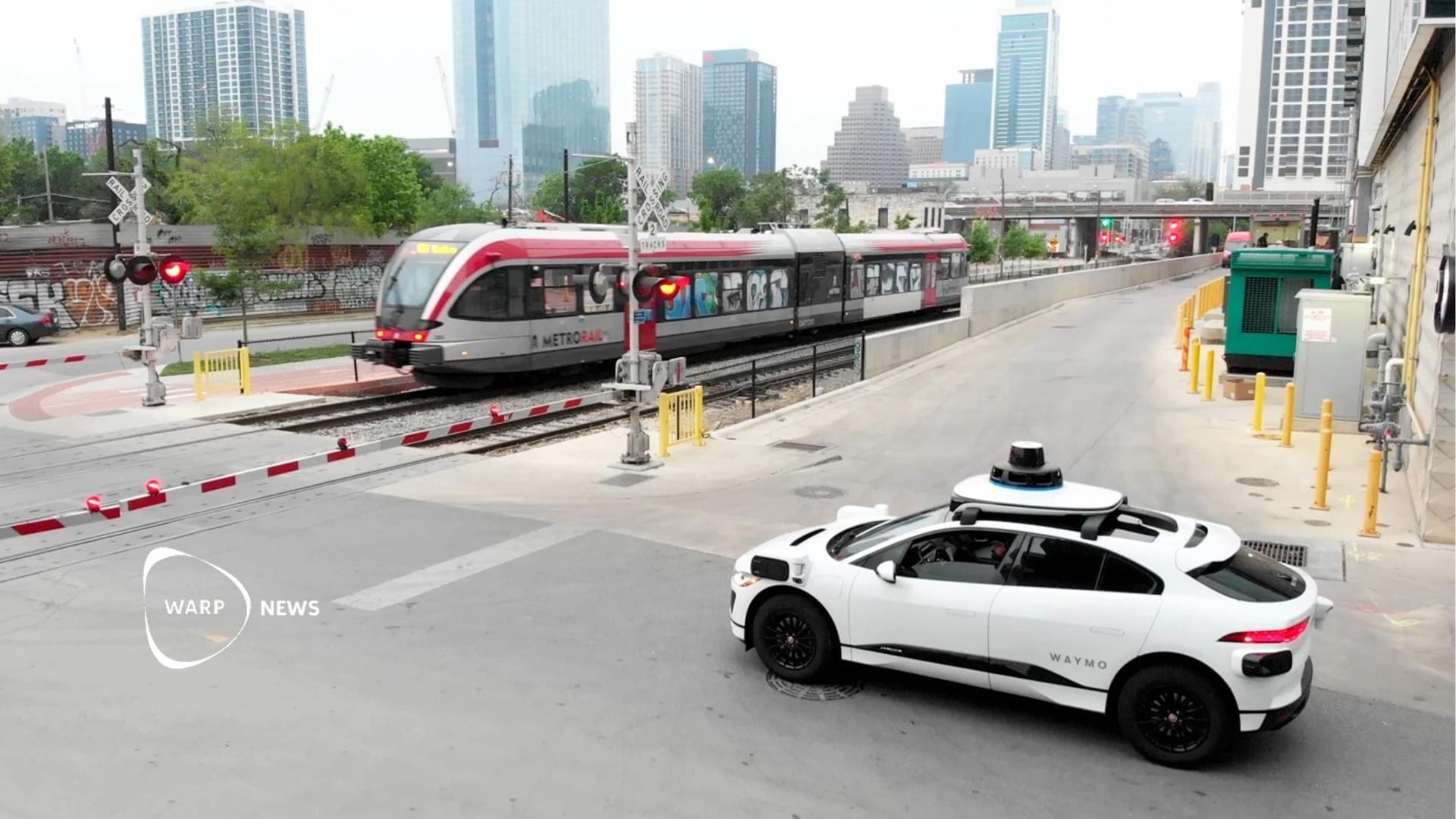
🌉 Smart concrete provides safer and cheaper bridges
Self-healing concrete with built-in sensors can reduce repair costs and reduce the risk of more collapsing concrete structures.
Share this story!
Concrete is an excellent building material used in everything from pots to bridges and skyscrapers. But concrete is also susceptible to frostbite when ice seeps down, freezes to ice and widens the crack. Now, researchers from Purdue University in the United States have tested a solution that can solve the problem.
The researchers use a combination of self-repairing concrete and built-in sensors . The self-repairing concrete contains a special polymer that reacts with water and swells so that the crack fills up.
Now that technology is unable to repair major damage and that is where the sensors come in. The sensors are built into the concrete structure and can then send information about the condition of the concrete.
It allows technicians to constantly see where repairs are needed. If the repairs can be carried out in good time, it will be much cheaper plus safety is never risked.
That this can save a lot of money becomes clear if we take the United States as an example. There are over 600,000 bridges in the country . 39 percent of these are older than their technical life and ten percent have structural deficiencies. In addition, many roads are built of concrete blocks that also need to be repaired. In total, the cost of repairing everything to an acceptable standard can cost over $ 800 billion .
With self-repairing concrete and sensors in the concrete, the repairs could be much cheaper in the future. In addition, bridges and roads would not need to be closed for the same length of time for repairs when problems are resolved more quickly and require minor repairs. Something that reduces the extra costs for transport that may otherwise have to take long detours during shutdowns.
By becoming a premium supporter, you help in the creation and sharing of fact-based optimistic news all over the world.


